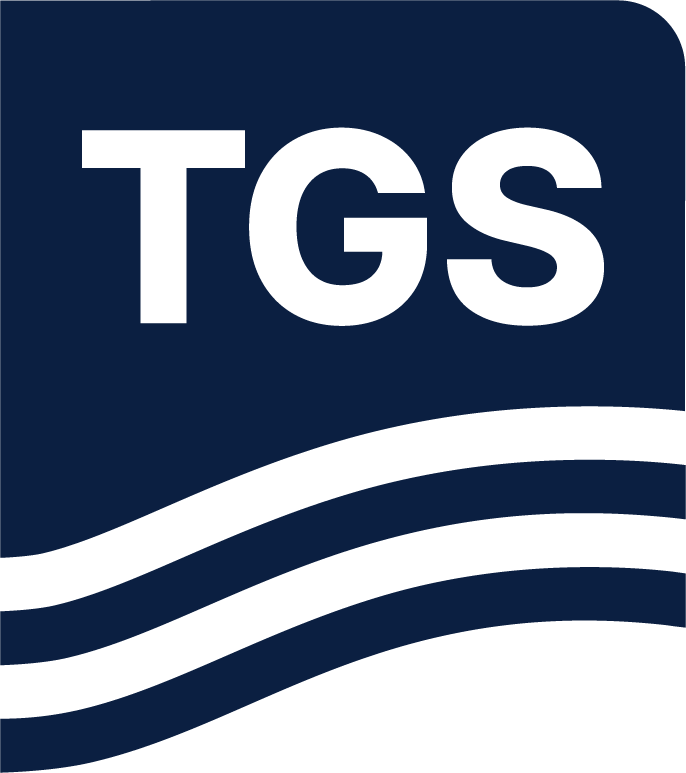Paper Summary
Accurate pre-carbonate imaging is a critical necessity in the search for hydrocarbons yet presents substantial geophysical challenges. Preconceptions on what may or may not
improve imaging in such settings: can the adoption of innovative imaging techniques delineate and better characterize potential pre-carbonate hydrocarbons in place? Here we challenge two of these preconceptions: The first is the application of converted wave imaging in carbonate environments, an underutilized approach with potential for revealing sub-surface details. Secondly, we advocate for the inclusion of complementary measurements alongside seismic, that can improve the characterization of sub-surface rock and fluid properties. Specifically, we focus on resistivity determined using electromagnetic methods. Traditionally these have been considered challenging in carbonates. Our findings, supported by seismic and well-based modeling, demonstrate the feasibility of controlled source electromagnetic (CSEM) techniques, including both conventional and novel borehole-surface CSEM approaches, to accurately constrain carbonate properties and detect underlying reservoirs. This study underscores the value of converted wave and CSEM interdisciplinary methodologies in overcoming the complexities of pre-carbonate imaging.

